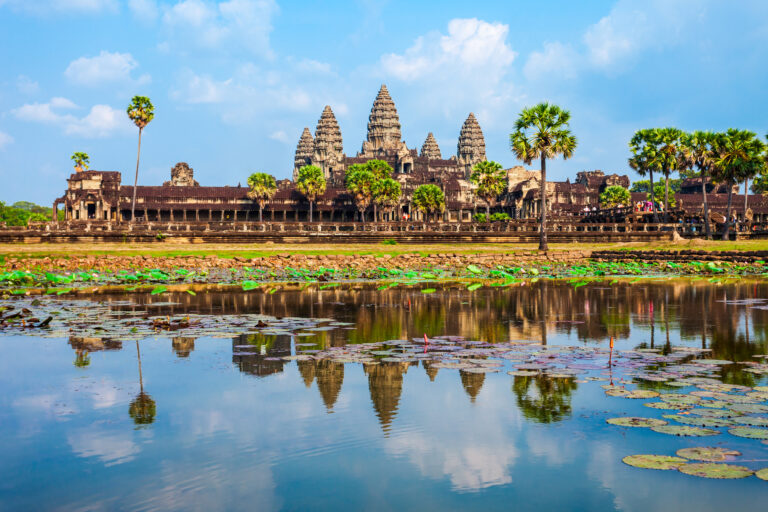
Travel offers a myriad of opportunities to immerse ourselves in the wondrous myths that shaped some of the most significant civilizations in history. But at certain epicenters of ancient lore, such as Stonehenge, Machu Picchu, and Angkor Wat (pictured above), the veil between reality and the ethereal land of legend feels thin enough to pierce.
If you wish to explore local myths and legends on your next small group tour, there are plenty of destinations that are certain to transport you to a world beyond your own. Check out our top picks below.
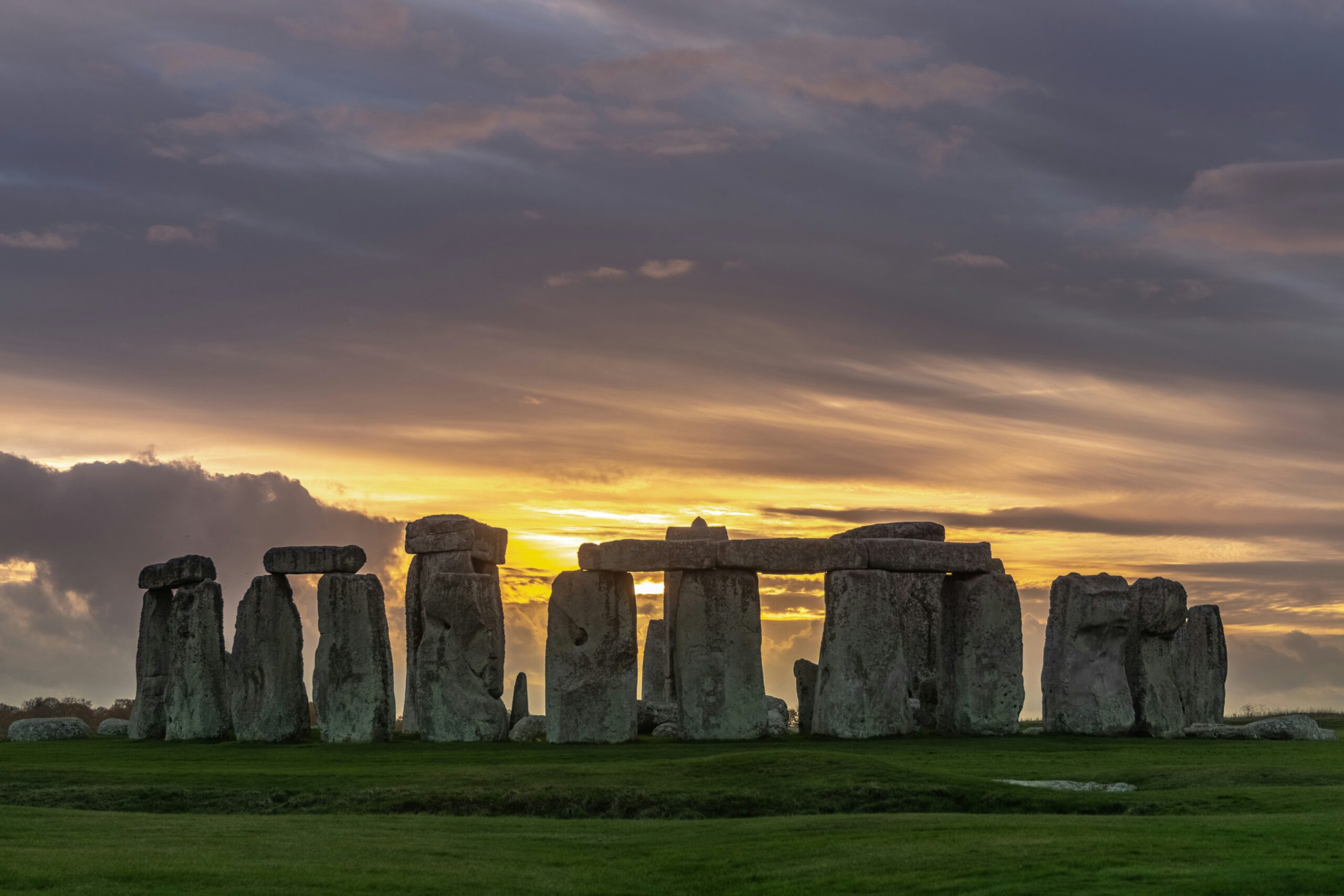
Countless mysteries shroud Stonehenge, a highlight of our Journey through Britain small group tour. Across the centuries, scholars have speculated that the site possesses vast spiritual significance – and may even harbor magical properties. The monument stands as a centerpiece amid several burial mounds and other sacred sites, suggesting it may have acted as a sort of spiritual hub. The stones also align with the sun on the solstices – days on which many cultures believed spirits were particularly active. And according to some legends, Stonehenge possesses magical healing abilities; the innermost circle contains bluestones from Wales, which are rumored to have restorative powers.
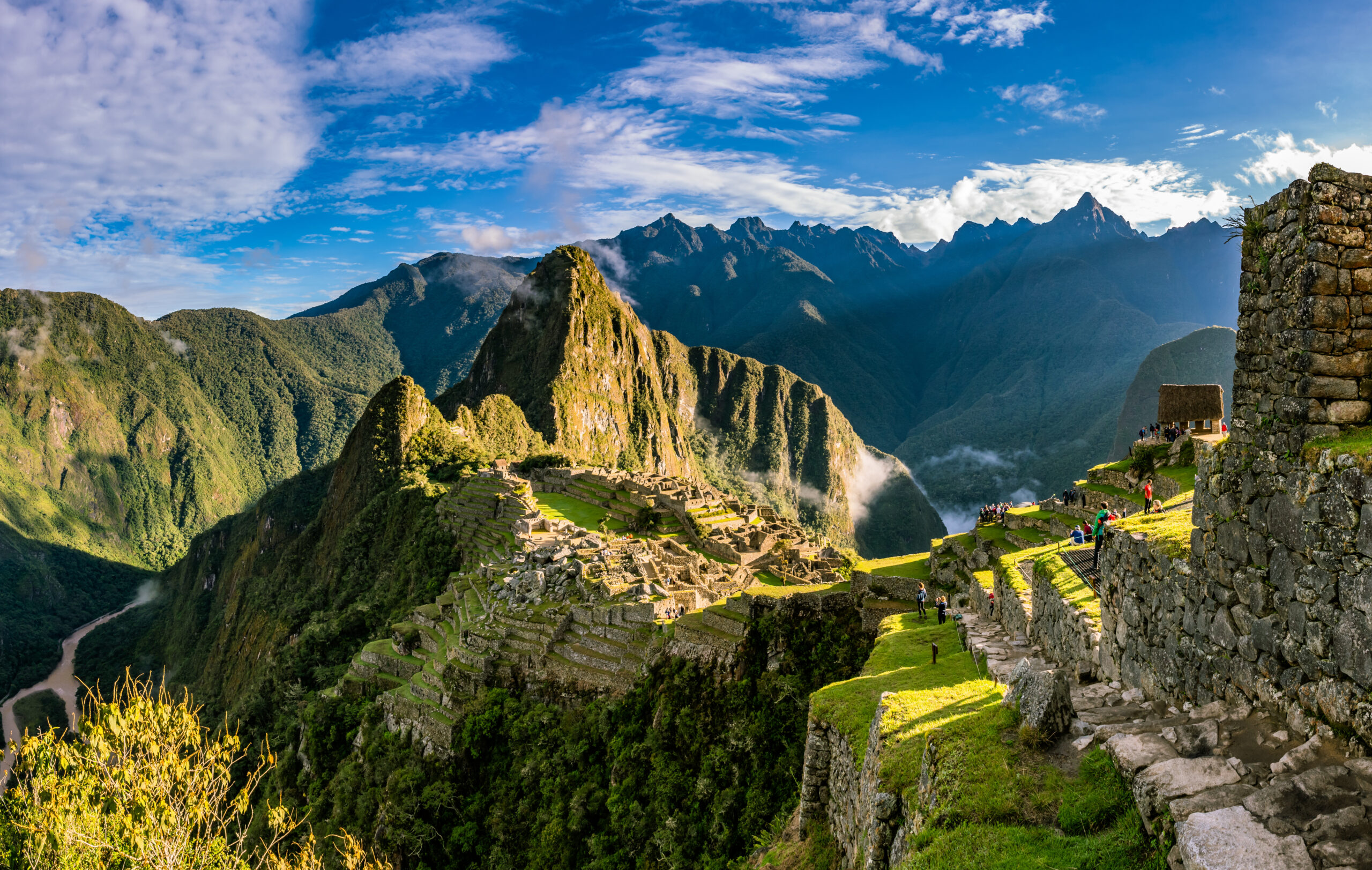
Located high up in the Andes Mountains and perfectly angled to catch the sun’s rays, Machu Picchu honors the sun god Inti, whom the Inca considered the most important deity. Some believe the original builders deliberately designed the layout of the structures and geometry of the architecture to complement the natural surroundings. The result: a palpable and rejuvenating spiritual energy, fitting for the Inca emperor's religious retreat. Perhaps this is why so many travelers feel a deep sense of peace after visiting this remarkable place, which we spend two days exploring on our Treasures of Peru and Machu Picchu to the Galapagos tours.
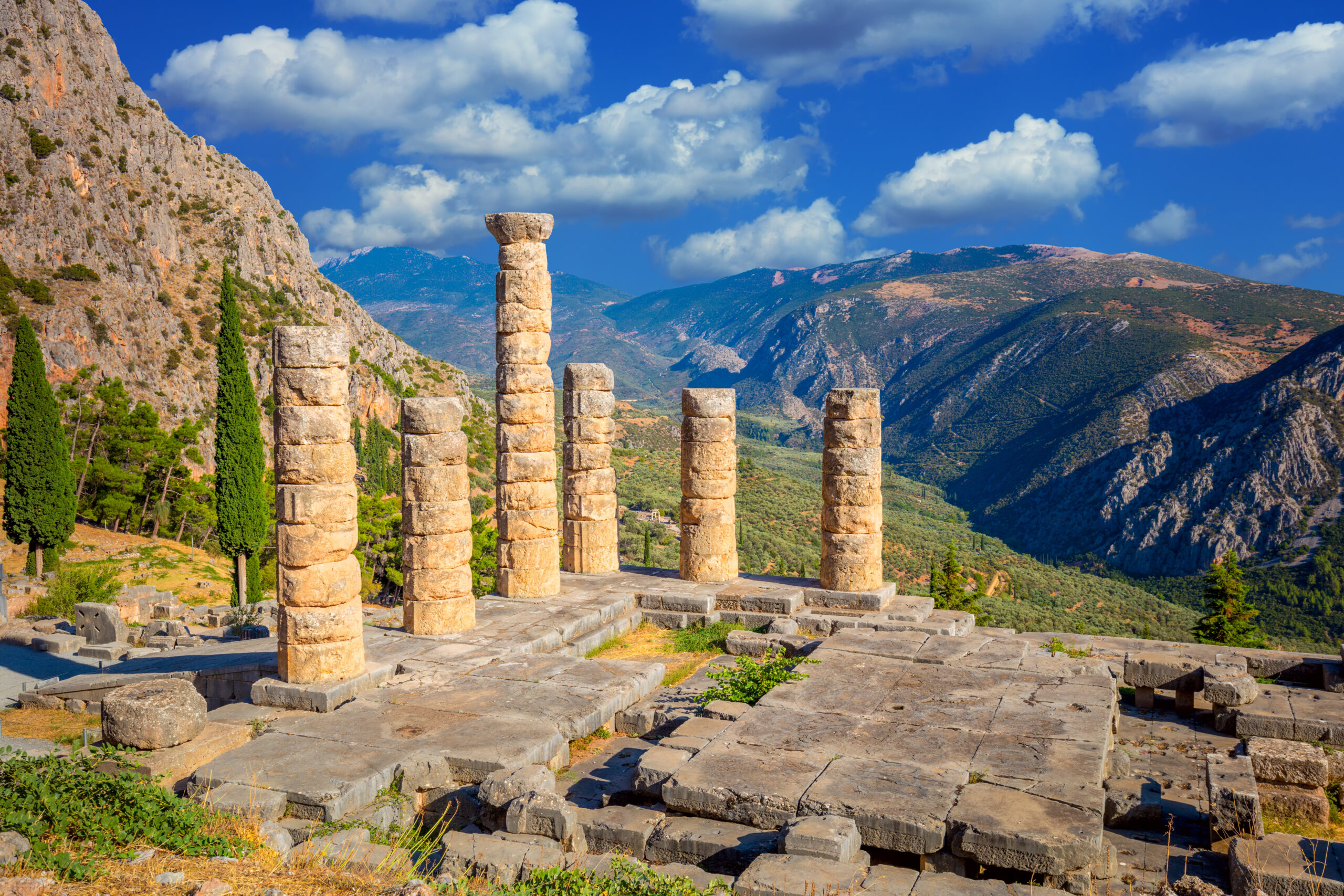
The ancient Greeks considered Delphi to be the center of the universe, so it became host to one of the most significant temples in Greek mythology: the Temple of Apollo, the god of light, music, and prophecy. An immensely sacred site intimately connected to the gods of Grecian myths, the 4th-century-BCE temple – which we visit on our Journey through Greece tour – was famously home to the “Oracle of Delphi” (also referred to as the Pythia), a high priestess who foretold prophecies under the divine possession of Apollo himself. To this day, we lack details about how the Pythia operated, as most ancient works treat it as common knowledge. One story describes her inducing a crazed, prophecy-telling state by inhaling vapors from a nearby rock chasm, implying the “divine possession” was actually the effects of toxic gases. However, many other stories uniformly present the Pythia as calm, composed, and intelligible. Clearheaded or not, the Pythia and her prophecies made her one of the most powerful women in the classical world.
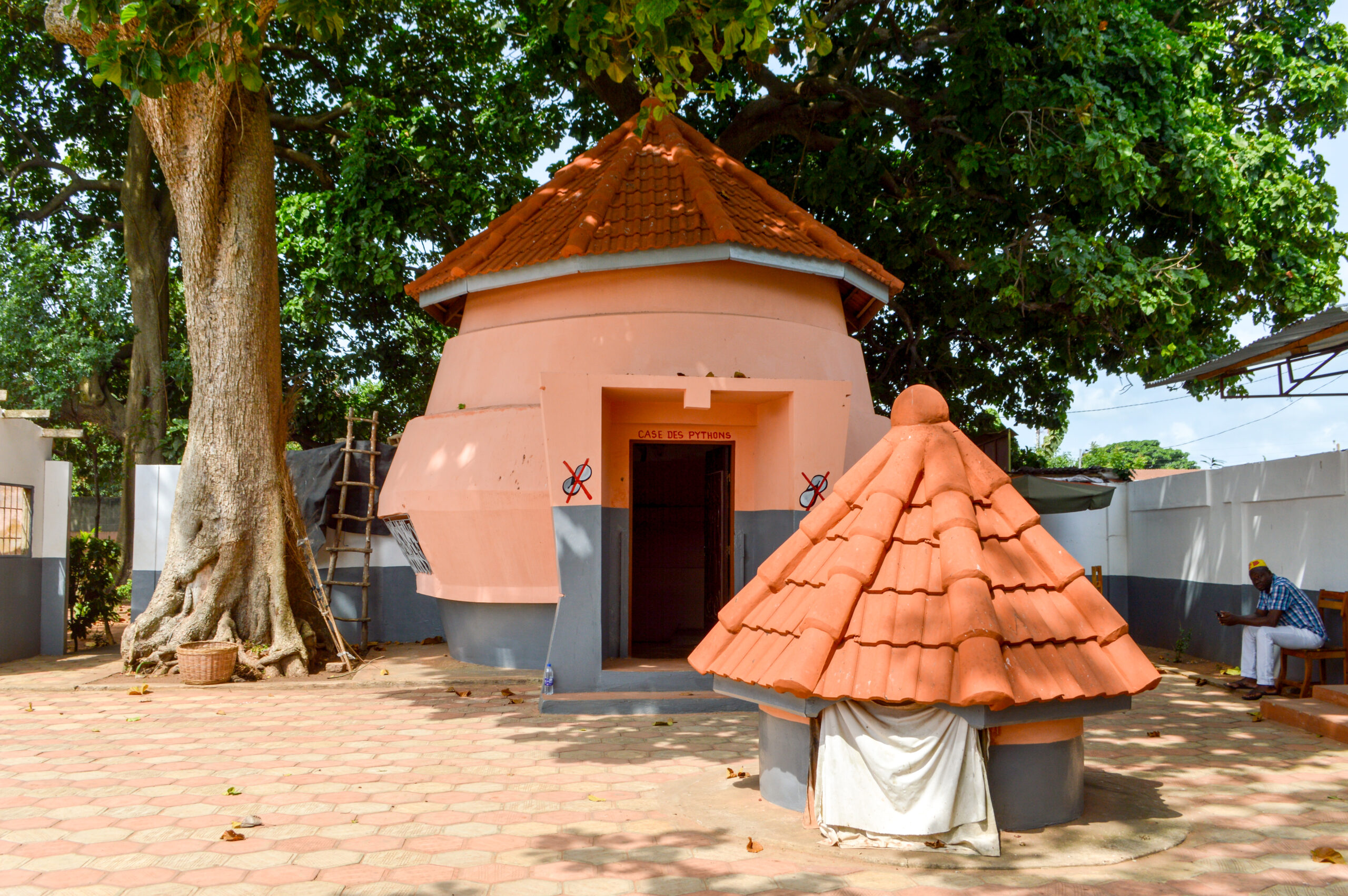
Photo credit: Francisco Anzola, “The temple of pythons” (CCY BY 2.0)
Many associate Voodoo with witchcraft and “black magic.” However, in West Africa, Voodoo (or, more accurately, Vodun) exists as an ancient aspect of the culture that unifies some 50 million people across West Africa. Ouidah, Benin, which we visit on our West Africa Discovery tour, is considered the “spiritual heart” of Vodun; in addition to hosting the annual Vodun Festival, Ouidah is also home to the Temple of Pythons. Here, docile pythons lie coiled inside clay buildings situated around a 600-year-old iroko tree. Pythons are significant totems of the Vodun religion, representing the serpent deity Dan who acts as a middleman between humans and spirits. Many people worship at the Temple of Pythons in the hopes that they will be blessed with the snakes’ protection.
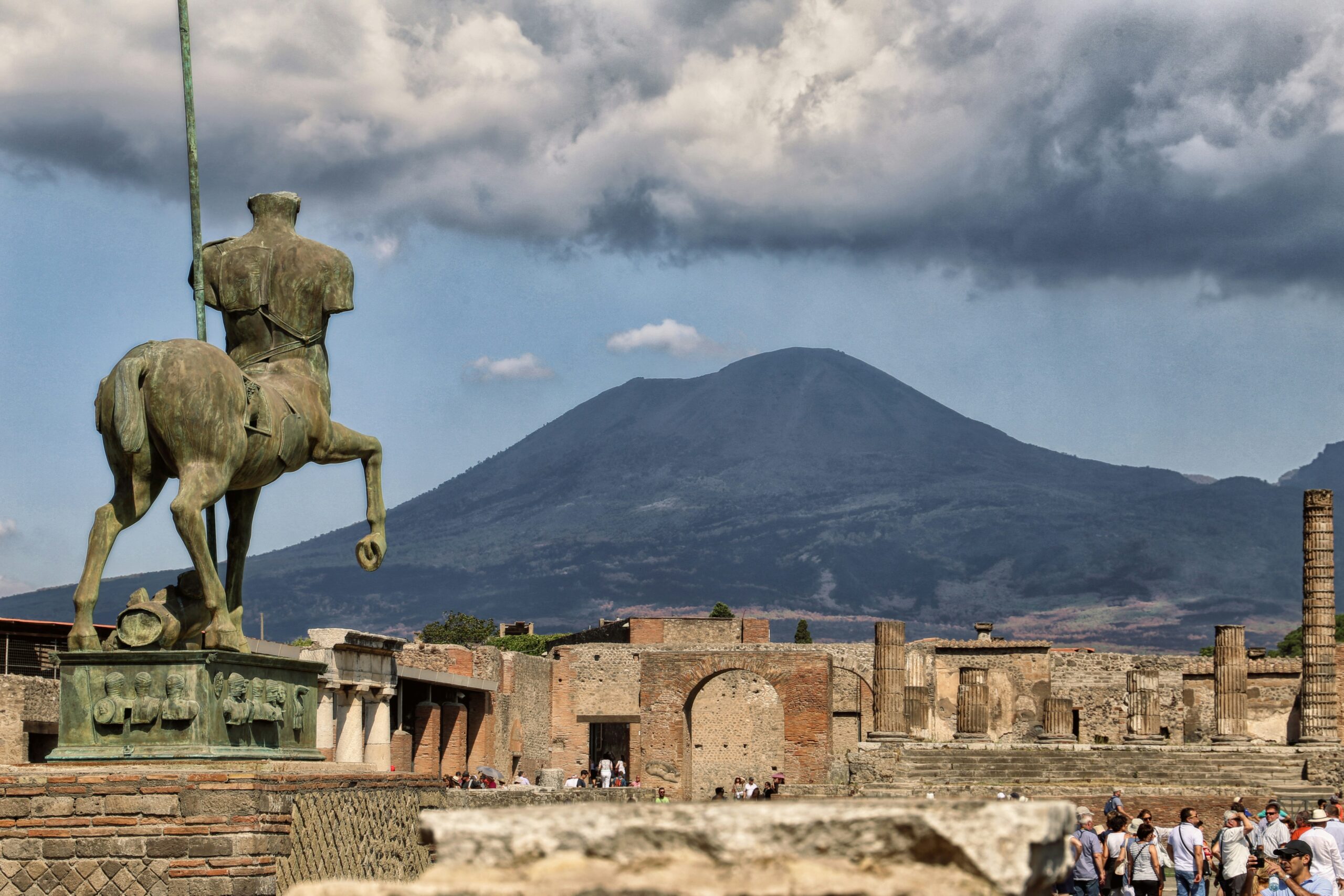
Ancient Romans believed natural disasters to be punishment from the gods, so it makes sense that their mythology immortalized Mount Vesuvius’s destruction of Pompeii. According to one famous legend, Vulcan (Hephaestus in Greek mythology) – the god of fire and forge – was furious at the city due to the citizens’ immorality. As punishment, he commanded Vesuvius’s eruption, causing the volcano to bury Pompeii in lava. Luckily, much of Pompeii was preserved beneath the ash, as we see during our excursion to its archaeological site on our Portrait of Italy small group tour.
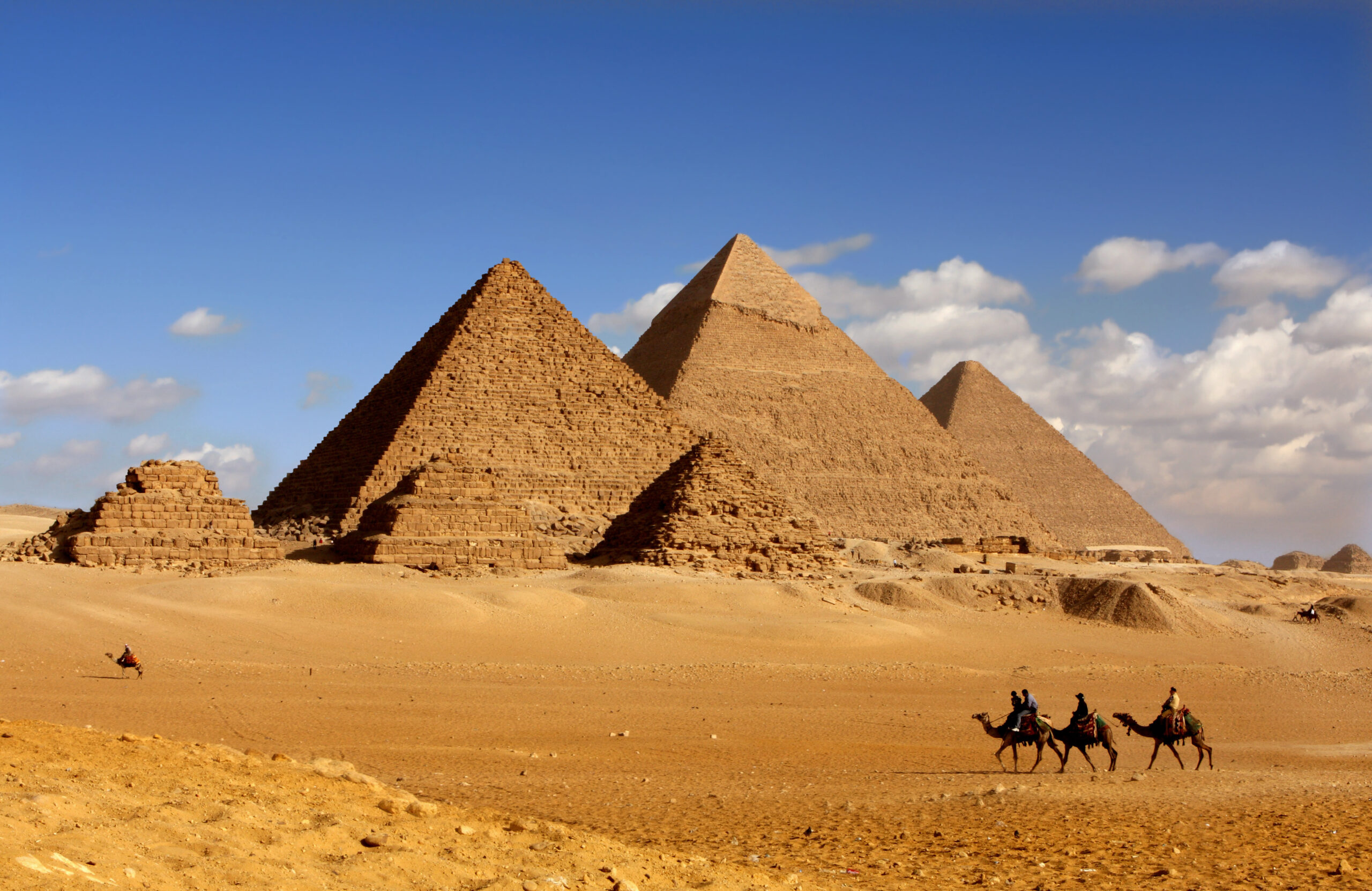
Egypt’s pyramids, a highlight of our Egypt & the Eternal Nile tour, function primarily as tombs; however, they may have also been designed to act as "resurrection machines.” Ancient Egyptians believed that the center of their sky, where stars appear to revolve (called the circumpolar star), was the gateway to heaven. One of the shafts extending from the main burial chamber of the Great Pyramid cuts through the entire body of the structure and opens up directly towards this part of the sky. Because of this, some scholars theorize that the Great Pyramid was designed to “launch” a deceased pharaoh’s soul through the shaft and into heaven.
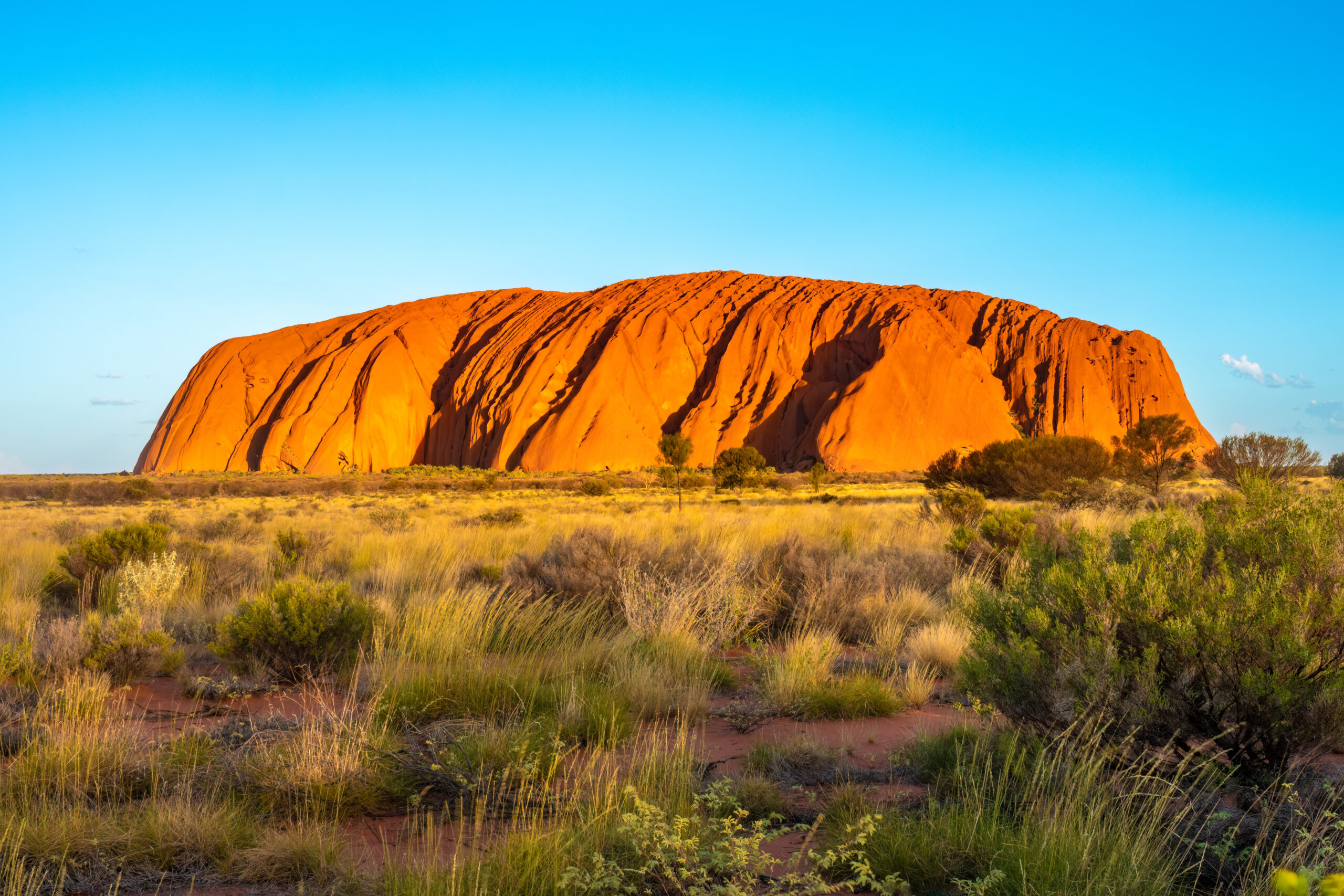
Uluru, a large rock located in the Australian Outback, is a significant cultural site for Aboriginal Australians (and a destination on our Exploring Australia & New Zealand small group tour). According to one legend, the rock embodies the spirit of a woman protecting her fellow tribespeople, who were killed by the demon-dog Kurpany. The slain men are said to still be lying in a cave inside Uluru, along with Kurpany’s footprints. Because of the legends surrounding Uluru, it is illegal – and disrespectful – to take rocks from the site. Those who do are at risk of being cursed with bad luck by the spirits who reside there.
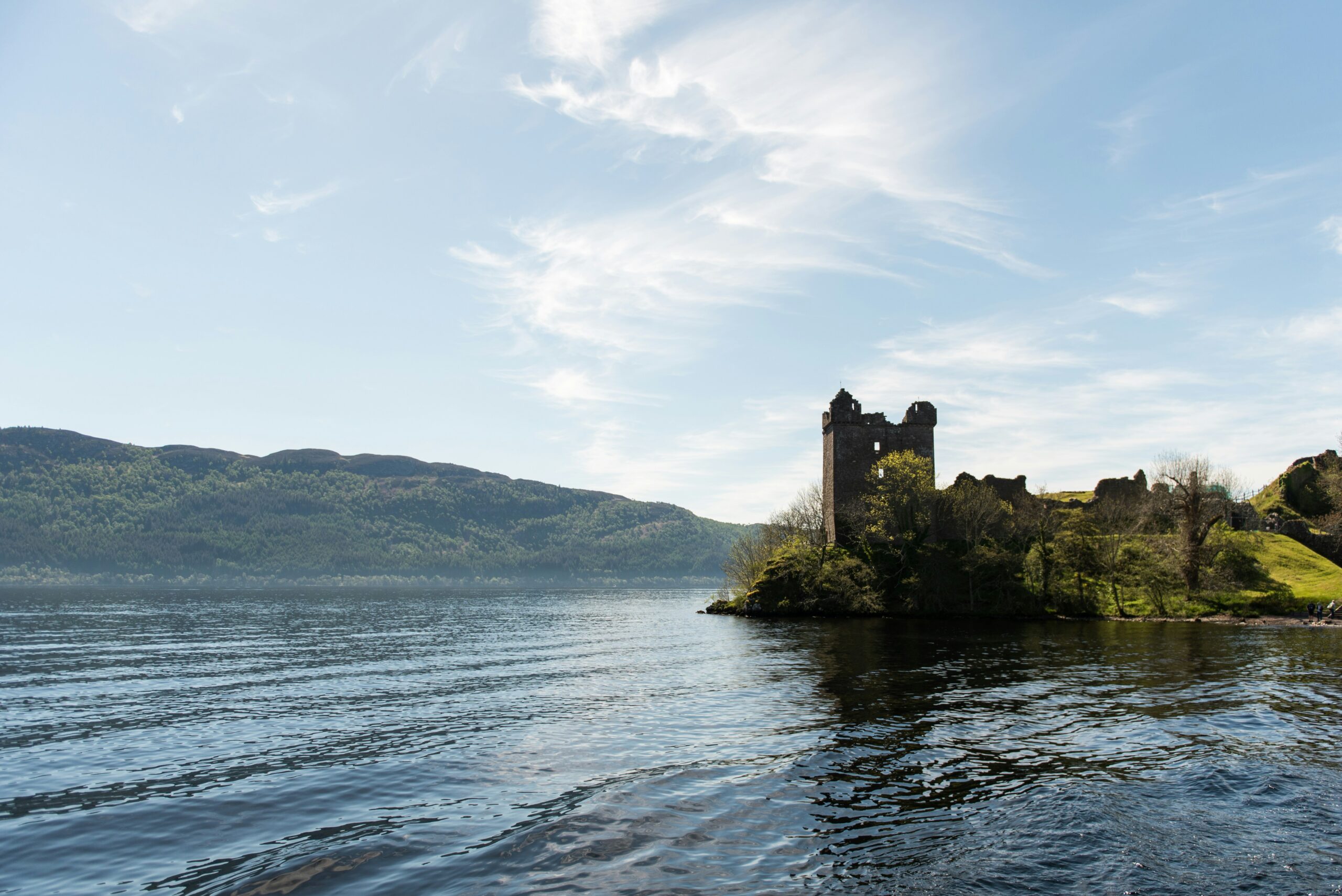
Within the heart of the Scottish Highlands lies Loch Ness, the largest lake in Great Britain and one of many highlights of our Scotland: Highlands and Islands tour. Within that lake hides a mysterious monster – or so Scottish legend says. The Loch Ness monster, affectionately known as Nessie, became most famous in the 1930s after major construction began on a road near the lake. Around this time, frequent sightings caught the attention of local newspapers, who began reporting about the creature. Several people have claimed to possess photographs of Nessie, but these images have been deemed hoaxes. Still, many continue to believe the monster roams the deep, dark waters of Loch Ness to this day.
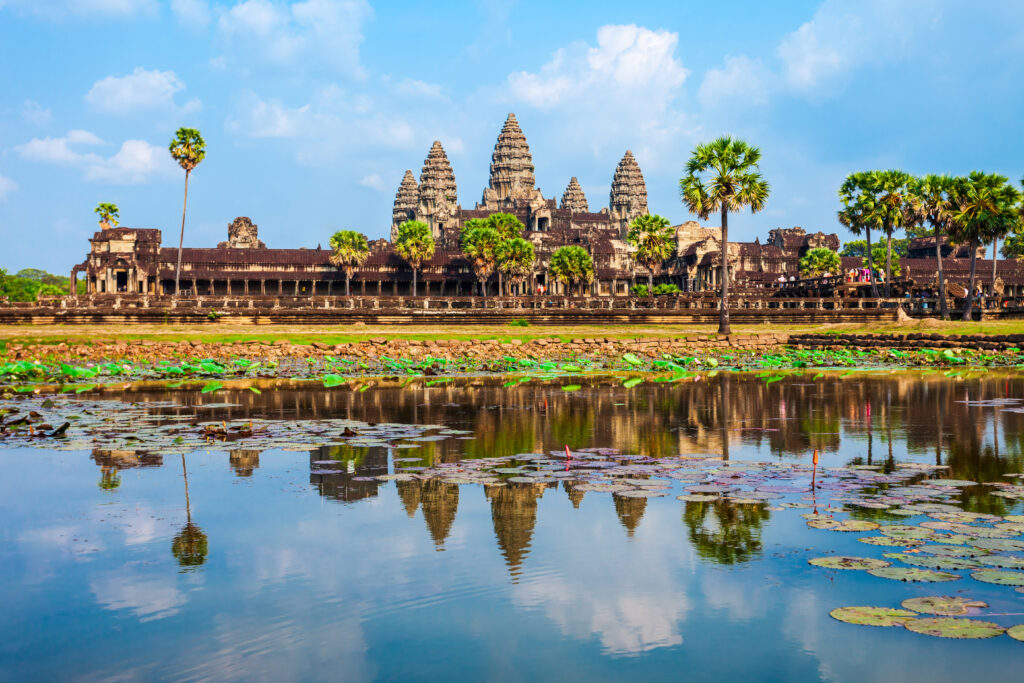
Angkor Wat, included in our Southeast Asia Odyssey tour and in the Optional Post-Tour Extension for our Journey through Vietnam tour, holds the record for being the largest religious structure in the world. Designed to represent Mount Meru, home of the deities in Hindu mythology, the complex’s layout also mimics the cosmos. King Suryavarman II commissioned this 12th-century complex to mirror the heavens, as the central axis aligns with the sunrise on equinoxes. Among Angkor Wat’s many mysteries, perhaps the biggest concerns how quickly it was built; according to inscriptions, construction only took 35 years, a feat scholars continue to be dumbfounded by. (For comparison, it took hundreds of years for many of Europe’s most famous cathedrals to be completed.)
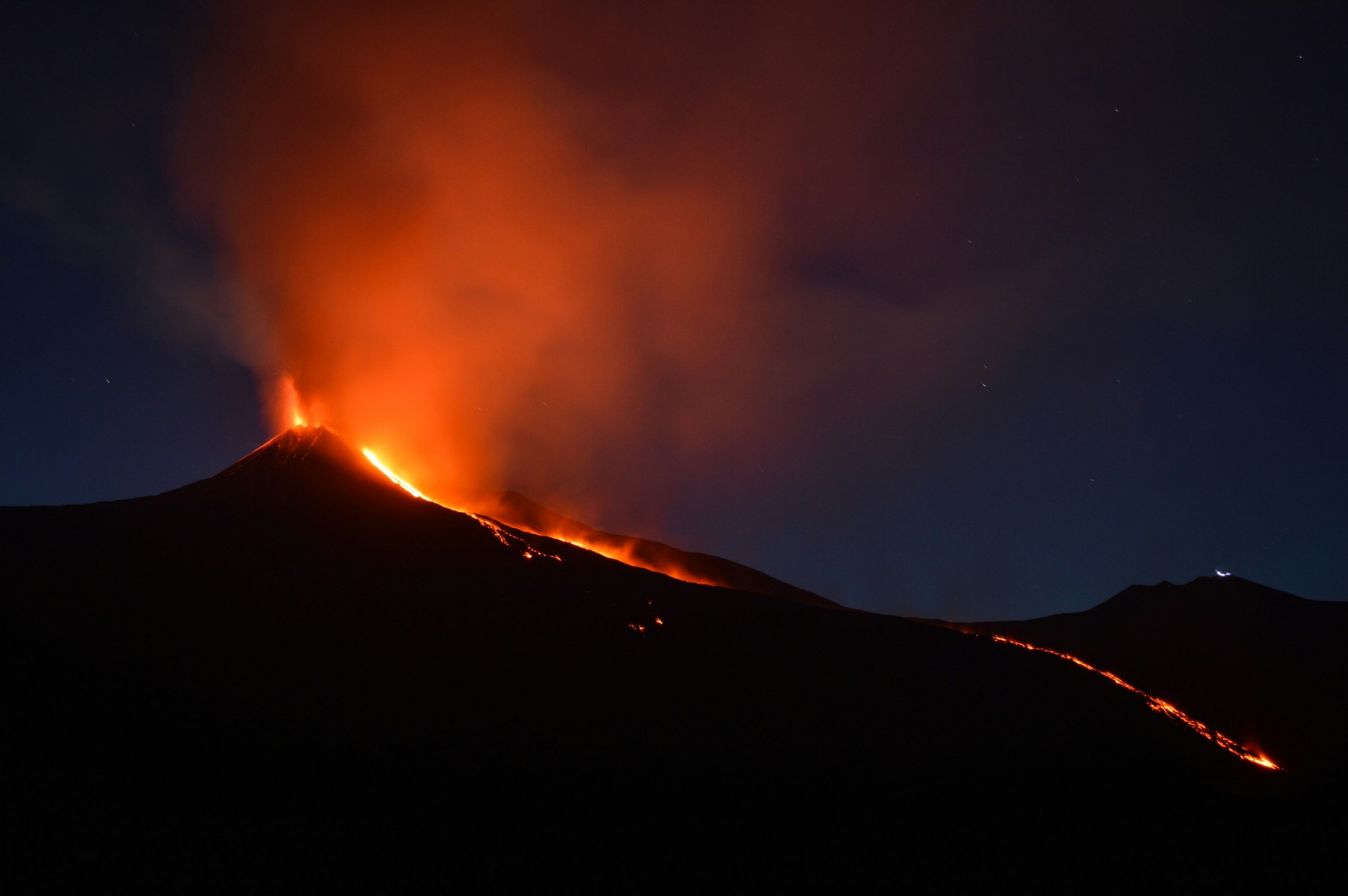
Despite being one of the most active volcanoes in the world, Mount Etna rarely threatens the inhabitants who farm the fertile land around it, as we see on both Sicily in Depth and Southern Italy & Sicily. However, its eruptions can be quite spectacular from afar; perhaps this is why ancient Romans and Greeks thought Vulcan/Hephaestus’s forge lay inside the mountain. It also plays a star role in one Greek myth involving Zeus and Typhon, one of the most feared creatures in Greek mythology. Typhon, son of Gaia (the personification of Earth) and Tartarus (the personification of the Underworld), attempted to overthrow Zeus to become lord of the universe. After a legendary battle, Zeus defeated Typhon with his thunderbolts and buried the creature beneath Mount Etna.
To start your sojourn to the mythical destination of your dreams, give us a call or submit an online reservation request today. We’d be delighted to guide you on your journey to any one of these legendary locations.
By using this website you are agreeing to our Cookie Policy.